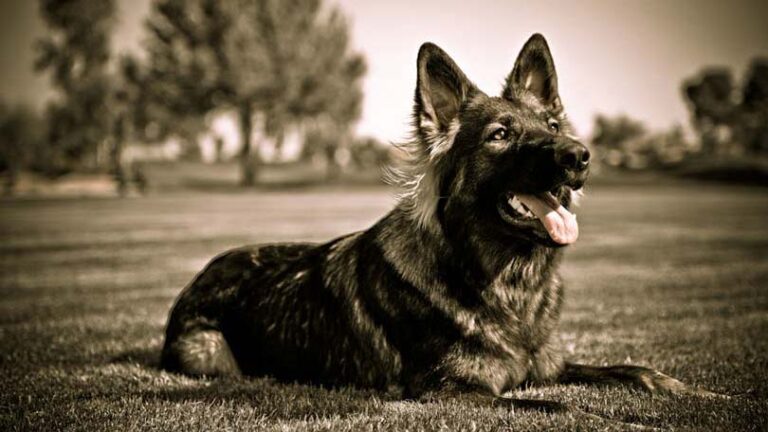Introducing a Dog to a Cats Home
Introducing a dog to a cat’s home is deemed a process at all times. Although you think your cat gets along with everyone and everything, it is by nature of both of the animals that you will have to gradually acquaint both the cat and the dog. In these steps, you will learn how each animal feels about one another and how they feel about their personal space. This is especially true for the cat, as they are very particular about their space and intruders.
Before They Meet
Before the cat and dog meet, you need to make sure the dog is comfortable in their new environment. You do not want to introduce a dog to two new things at once; this can be overwhelming and produce a negative effect.
When entering the home, make sure the dog is on the leash. You do not want to give the dog free reign of the home just yet. You need to establish a controlled environment from the start. Make sure the cats are in a separate room before you bring the dog inside the home.
You also want to make sure that your cat sees change before bringing the new dog in. This ensures that the cat does not blame the dog for all the changes. You might also want to place things like towels, etc. that smell like the animals by each the cat and the dog. This allows them to get used to the smell of one another.
Taking Baby Steps Is the Key when introducting a Dog to a Cats Home
As mentioned above, you want to take it one step at a time. When you first introduce your pets to each other, you want it to be in a controlled environment that is also safe. The best way to go about this is through the use of crates. Your dog must be in their crate at all times when the cat is present. The best thing to do is have the dog in the crate in the same room while you are giving attention to your cat. This allows the cat to get accustomed to the dog being there. This also shows the cat that the dog will not harm them.
Many people find that they rush this part of the introduction. This is actually the part that should take the longest. You should do this for a minimum of two weeks; longer is better. You will notice that your cat actually will go up to the crate after a while. The cat will sniff around and become interested to what is in that crate.
Allowing your cat this type of introduction lets the cat approach the crate by themselves; not with you forcing them. With the cat doing it on their own means, it will turn out for the better and there will be fewer problems in the long run.
Crate:
After you have the dog inside the crate, make sure you monitor how the dog reacts with the cat. If the dog barks at the cat, be stern with the dog and let him know it is not ok to bark at the cat. If that doesn’t work, which it probably won’t in most cases, place a sheet over the crate until he gets the idea.
When the dog goes at least one week without barking at the cat, then they can be let out of the cage, on a leash, with the cat in the room. Make sure you place the cat in a different room still when you let the dog out of the crate until the week has passed.
Correct At Any Sign of Aggression
You will need to correct your dog at any sign of aggression. This means even a snarl, or a bark needs to be corrected. If you allow your dog to be even remotely aggressive with the cat, the dog will eventually work its way up to full aggression. You need to let the dog know it is not tolerated from the beginning.
By taking these steps, you are ensuring that the introduction between the animals is safe and controlled. This is really the best way you can introduce your pets.
In all, make sure your cat is not making it more difficult, which in some cases, they will. By this we are talking about “egging” the dog on. If your cat is teasing and enticing the dog, this will make your task harder. In fact, if the cat is doing this, you need to train your cat as well. You will have to reprimand both animals; the dog for being aggressive to the cat and the cat for being the instigator. It is in a cat’s nature to instigate a dog. By the same token, it is in the dog’s nature to seek out the cat.
When all is said and done, and you have applied the steps above, you should find that your introduction is a very nice transition. By the end of the introduction, you will feel confident that your dog will not harm your cat and vice versa. In fact, sometimes, the cat is the one that harms the dog. This is especially true for dogs that are smaller in size.
If it Doesn’t Work Out
You will have to be aware if something is not working out. While most of the situations between a dog and a cat will work out; you will need to understand that some breeds of dogs are just going to be aggressive toward cats. The same goes for the cat; there are just some cats that will always be afraid of dogs. In this case, you do not want to make either pet unhappy in their home. It is best, at this point, to keep them away. You will be able to distinguish these signs if the dog does not stop chasing the cat or if they nip at them constantly. These signs that are being talked about are way after the “introduction” period.

Having discovered a fondness for insects while pursuing her degree in Biology, Randi Jones was quite bugged to know that people usually dismissed these little creatures as “creepy-crawlies”.







